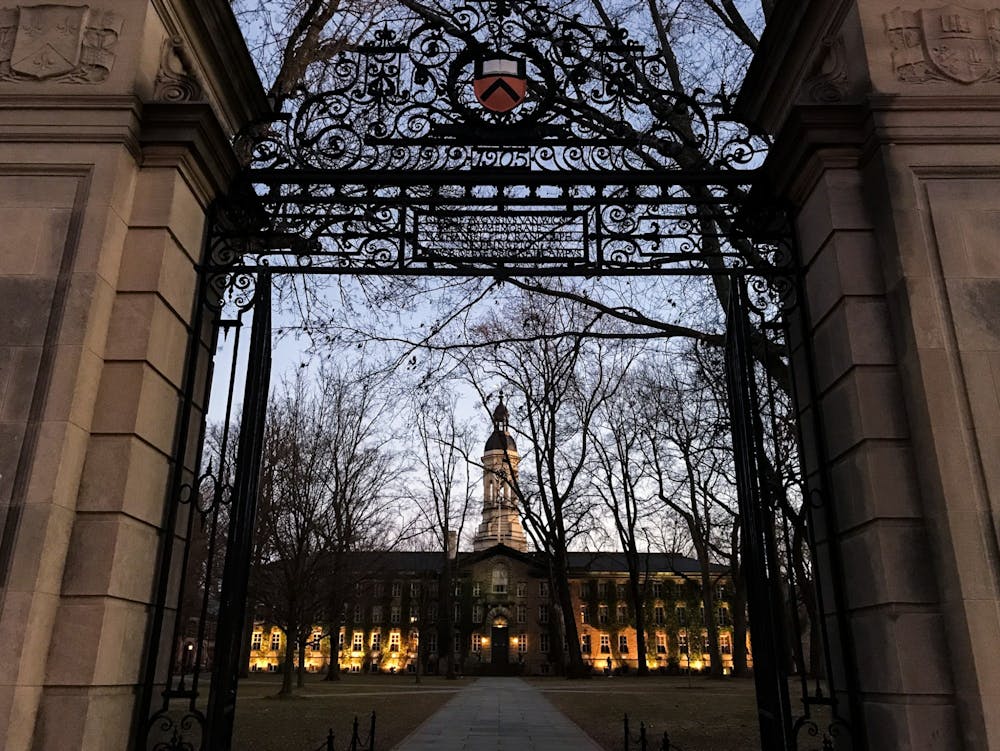The following is a guest contribution and reflects the author’s views alone. For information on how to submit an article to the Opinion Section, click here.
Over the past few weeks there has been a welcome whirlwind of states and localities around the nation getting rid of COVID-19 restrictions, especially mask mandates. On Feb. 7, New Jersey Gov. Phil Murphy — who had imposed some of the strictest pandemic rules in the country — announced he was sunsetting the statewide mandate for masks in K-12 schools, making him one of the first Democrats in the country to take such a firm position on returning to normal as the virus recedes. The following days saw leaders from other ultra-cautious states and localities making similar proclamations about the end of public and school masking regulations. More and more institutions are lifting their mask mandates. So why is the University so slow to follow?
The Biden administration, realizing that it was being left behind, scrambled to catch up and on Friday, Feb. 25, released new guidelines that instantly changed 65 percent of all counties in the United States from high risk to low risk. Along with this sudden shift in attitude and policy response to the virus came an emphasis on masking as a personal choice. N95s, and to a lesser extent KN95s, offer high levels of protection to the individual wearing them. For those at higher risk of serious complications from COVID-19 or who just want to avoid the virus at all costs, these masks are good ways to continue to protect yourself from infection. In addition, vaccines and boosters offer strong defense against serious illness from the virus. At this point, face covering requirements are burdensome and unnecessary to prevent hospitalization to most healthy people in most places in the U.S.
Some colleges and universities are following suit. Dr. Devlin Cole of the University of Wisconsin-Madison School of Medicine and Public Health described that “right now, on the epidemiologic curve, is the right time to start using [fewer] of the tools in our toolbox that we have.” Creeping fatigue toward public health measures due to their strictness and longevity is happening in real time, and there is a fear that people will be less willing to abide by them in the future if they are increasingly perceived as ineffective or unnecessary now. Dr. Cole’s home base of UW-Madison is lifting their mask mandate on March 12. Other higher education institutions are announcing similar decisions as well.
The University is in a similar situation. Not a single county in New Jersey falls into the CDC’s high-risk category, which is now calculated on a variety of data points like case numbers, hospitalizations, and number of hospital beds available. Our community is close to 100 percent vaccinated and most Princeton affiliates have received boosters or been recently infected by the highly-contagious Omicron variant. We are tested weekly even if asymptomatic. Unfortunately, University administrators have been anything but transparent when it comes to relaxing COVID-19-related rules and restrictions on campus. They teased us with lifting the mask mandate after Thanksgiving break, only to yank the chance away the second a few dozen positive cases appeared among undergraduates. No guiding metrics have been announced to get rid of the face-covering requirement in campus buildings or classes, despite collecting a semester and a half’s worth of data.
In my experience, on a given afternoon or evening in town, few people are wearing masks in shops or restaurants. The absurdity of the situation on campus is clear when you spot a friendly administrator or professor in Small World or Tacoria and chat with them for a minute or two, sans masks. But if you were on campus, you’d both have to mask up! The almost-comical signs that I’m sure others have noticed in Dillon Gym that threaten removal from the building for not “correctly” wearing a mask over your mouth and nose are just another reminder of the alternate reality we have to endure on campus — while the rest of the municipality, state, and country are quickly returning to normal.
I would like to be proven wrong. Perhaps the University’s unofficial chief epidemiologist Dean Jill Dolan will have a change of heart and understand that the University’s mission to educate undergraduates cannot be complete without (unmasked) face-to-face interactions. Hopefully, she and other decision-makers will adhere to the CDC’s recommendations on masking and lift the indoor mandate. After the short-lived travel ban was rescinded following ridicule in the national media, the University can redeem itself by following the science on masks and setting an example for the rest of the Ivy League and other universities. Only time will tell!
Tom Salotti is a senior from Arlington, Virginia and Head Sports Editor Emeritus. He can be reached at tsalotti@princeton.edu








